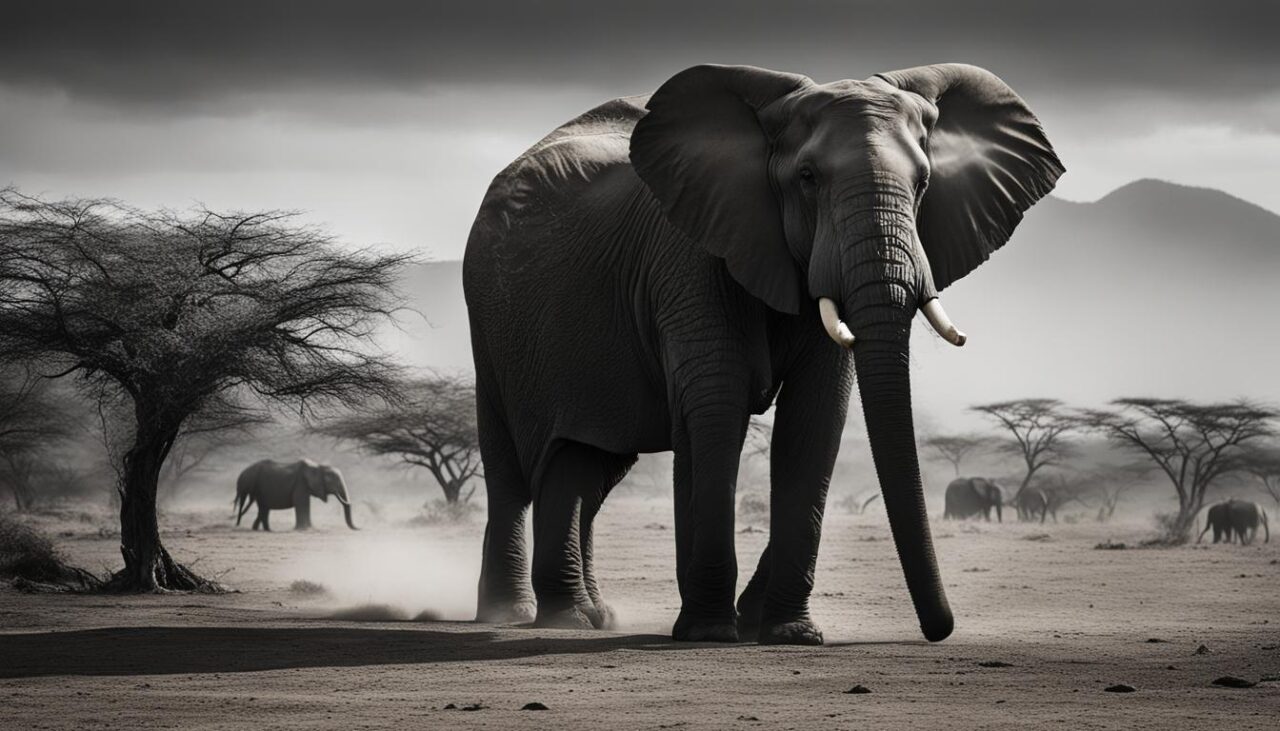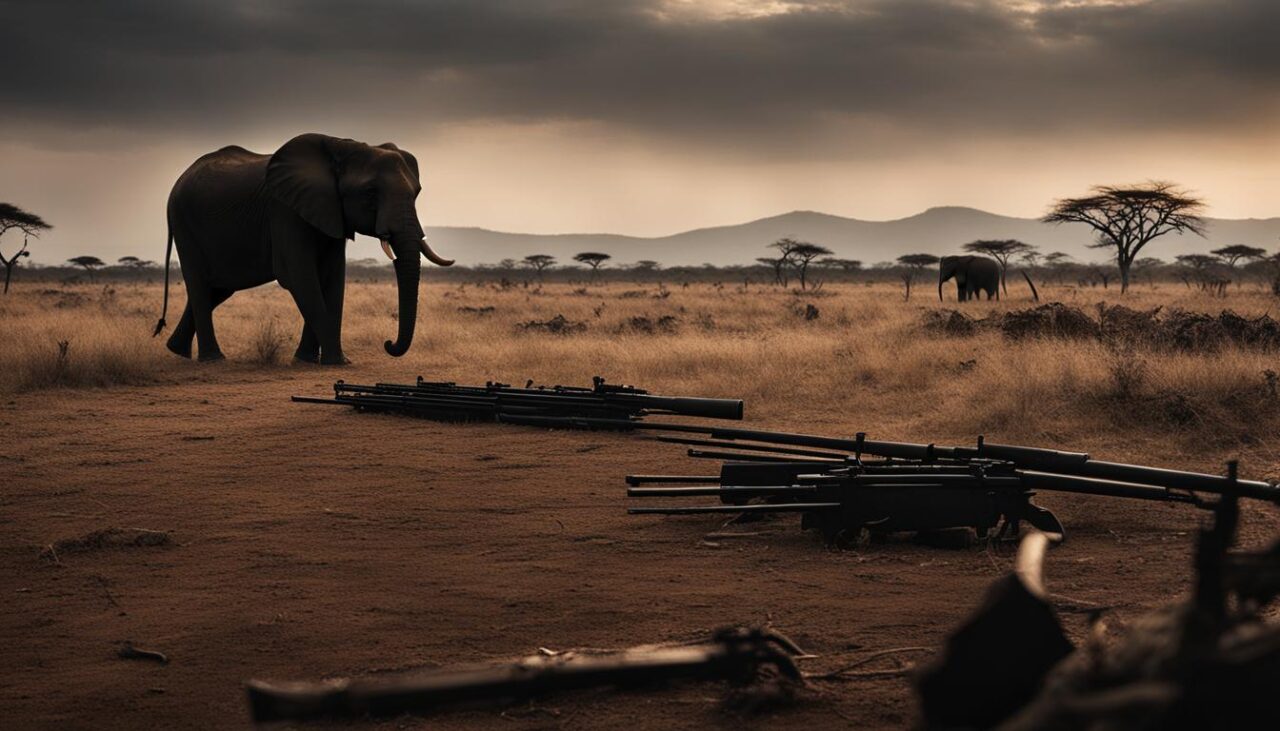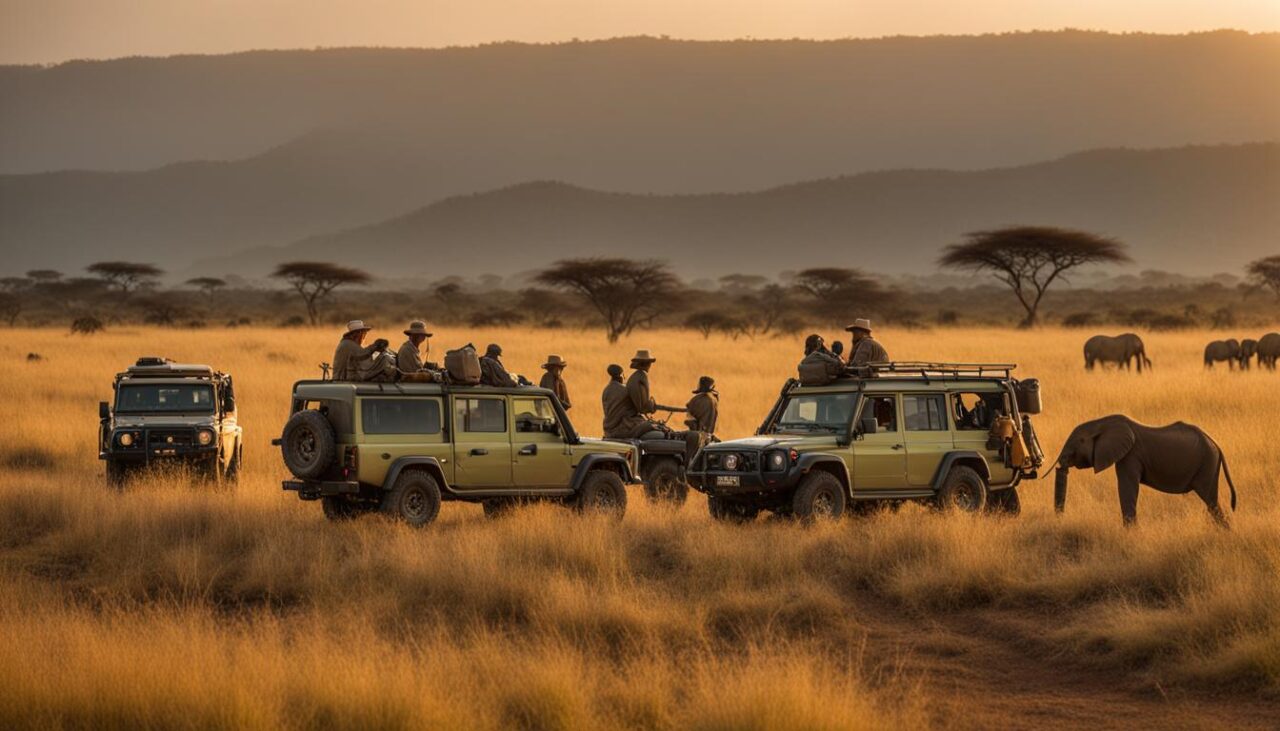Africa boasts some of the world's most spectacular wildlife, with its vast savannas, lush forests, and diverse ecosystems. However, African wildlife faces myriad challenges, ranging from habitat loss to poaching, which have put many species on the brink of extinction. Despite these difficulties, conservationists have made significant progress in recent years, implementing innovative strategies to safeguard Africa's rich biodiversity and wildlife heritage for future generations.
In this article, we will examine the challenges facing African wildlife conservation and the success stories of conservation efforts on the continent. By exploring a range of topics from biodiversity conservation to anti-poaching initiatives, we will discover the multifaceted nature of conservation efforts and the impact of conservation strategies.
Through this article, we aim to raise awareness of the importance of African wildlife conservation and engage people in supporting conservation initiatives.
Endangered Species and Habitat Loss
Endangered species and habitat loss are two of the most pressing issues facing African wildlife conservation today. With human encroachment and deforestation on the rise, many species are losing their natural habitats and struggling to survive.
The consequences of habitat loss are far-reaching, affecting not just the animals but the entire ecosystem and biodiversity of the region. Without their natural habitats, many species are at risk of extinction, leading to an imbalanced and unstable ecosystem.
Deforestation is a major cause of habitat loss in Africa, with trees being cut down for timber and to clear land for agriculture and settlements. As a result, many forest-dwelling species such as the mountain gorilla and the chimpanzee are losing their homes, leaving them vulnerable to hunting and poaching. Human encroachment also plays a significant role, with expanding settlements and infrastructure edging out wildlife from their habitats.
“The loss of habitats is one of the biggest threats to endangered species in Africa. It is imperative that we take action to preserve the remaining natural habitats to protect biodiversity and ensure the survival of these species for future generations.”
African wildlife conservationists are taking action to combat habitat loss by partnering with local communities and governments to establish protected areas and national parks. Through initiatives such as reforestation and the promotion of sustainable farming practices, conservationists aim to restore and protect habitats for endangered species.
However, there is still much work to be done to protect African wildlife from habitat loss and preserve biodiversity.

Combating Poaching and Illegal Wildlife Trade
Illegal poaching and wildlife trade have become major threats to African wildlife conservation, especially for endangered species that are targeted for their ivory, horns, and skins. Poaching not only poses a risk to individual animals but also has a severe impact on the biodiversity of the African continent.
“Poaching is a vicious and cruel business that robs countries of their natural wealth, fuels violence, and impoverishes local communities. We have to do everything we can to stop it,” says Peter Knights, the executive director of WildAid, one of the leading organizations fighting against poaching.
The good news is that there have been significant efforts to combat poaching and illegal wildlife trade in recent years. This includes better laws and law enforcement, anti-poaching initiatives, and international collaborations.
Many African countries have introduced stricter laws and penalties for poaching and illegal trade. Kenya, for example, has implemented a life sentence and hefty fines for wildlife crimes. Similarly, Tanzania has increased its anti-poaching unit and adopted technology such as drones to protect its wildlife.
At the same time, various anti-poaching initiatives have emerged across the continent to protect African wildlife. For example, the Big Life Foundation in Kenya uses a combination of rangers, community involvement, and technology to track and apprehend poachers. In South Africa, the African Wildlife Foundation supports anti-poaching initiatives in private and public reserves.

International collaborations have also played a vital role in fighting against poaching and illegal trade. For example, Interpol has launched a global campaign to dismantle illegal wildlife trade networks, while the United States and China have banned ivory trade within their borders, reducing the demand for ivory and helping to decrease the killing of elephants.
Combating poaching and illegal wildlife trade is a crucial step in safeguarding African wildlife. By working together, we can protect and preserve these magnificent animals for future generations.
Conservation Strategies and Community Involvement
The conservation of African wildlife requires a multifaceted approach involving multiple strategies and stakeholders. One of the crucial strategies employed in Africa is the establishment of national parks, protected areas, and conservation programs. These efforts aim to preserve the natural habitats of endangered species and promote their survival.
Community involvement is another essential aspect of African wildlife conservation. Engaging local communities in conservation efforts helps to create a sense of ownership and responsibility, leading to improved conservation outcomes. Furthermore, sustainable practices like ecotourism can provide economic benefits to local communities while also promoting conservation.

Evidence shows that ecotourism can support biodiversity conservation by involving local communities in wildlife protection. By generating income through tourism, communities can take part in conservation efforts and promote sustainable practices in their daily lives. Ecotourism also provides visitors with a unique opportunity to experience African wildlife in its natural habitat while contributing to conservation efforts.
Conclusion
In conclusion, African wildlife conservation faces numerous challenges, including habitat loss, poaching, and illegal wildlife trade. However, there have been notable success stories in protecting endangered species and preserving biodiversity in the region. It is crucial to continue conservation efforts and collaborate with local communities to promote sustainable practices such as ecotourism.
Protecting African wildlife is not just about preserving biodiversity, but also about safeguarding the cultural heritage and economic stability of local communities. It is important to remember that successful wildlife conservation depends on the involvement of all stakeholders, including government agencies, NGOs, local communities, and the private sector.
As the world becomes more aware of the importance of conservation, it is our responsibility to continue the efforts to protect African wildlife for future generations. With sustained efforts and collaborations, we can continue to celebrate success stories while facing the challenges head-on.







